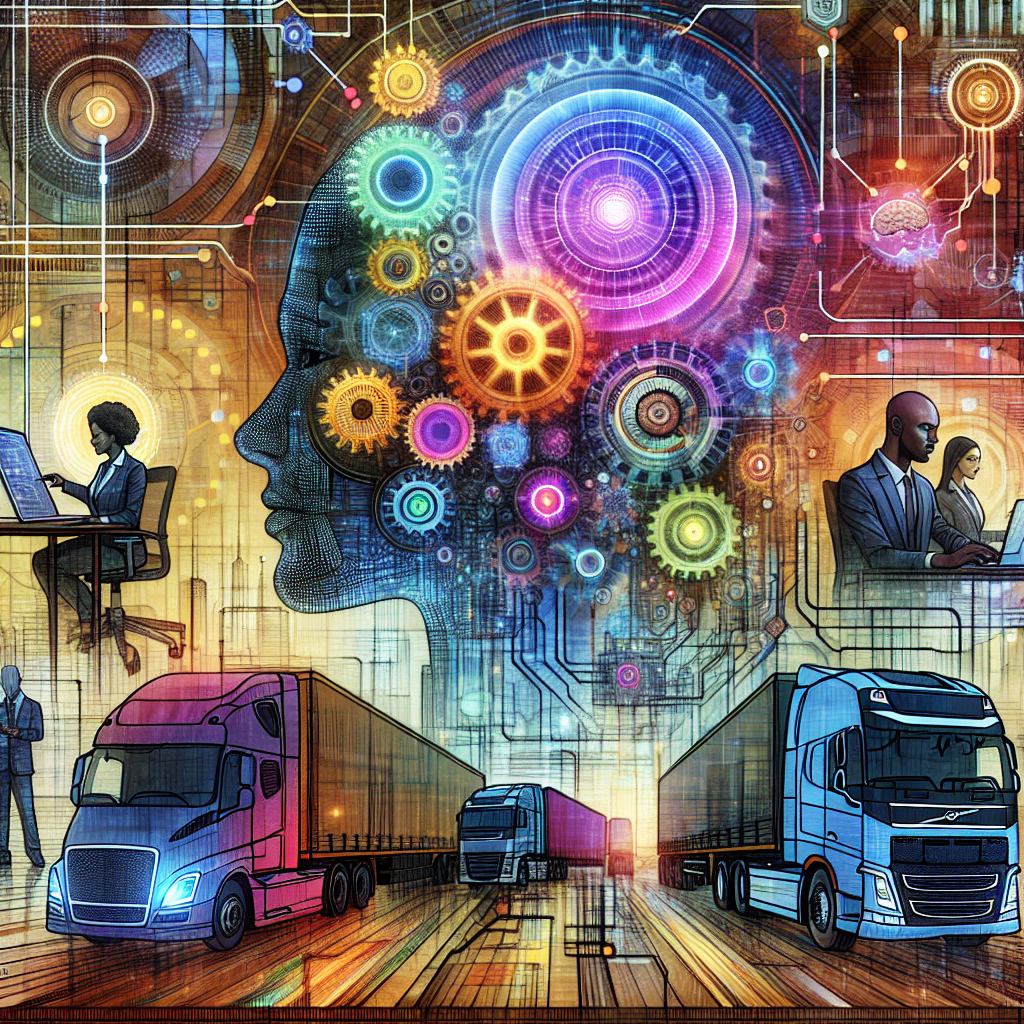Talent wars rage across the trucking industry. Companies struggle daily to fill critical driver positions while using recruitment methods designed for a bygone era. The hard truth? Most trucking companies are fighting today’s talent battles with yesterday’s weapons.
The evidence surrounds us. Carriers post endlessly to job boards, hoping qualified drivers somehow find them among thousands of listings. They filter applications through keyword-matching systems that miss great candidates who didn’t use the exact terminology in their resumes. Then they subject prospects to lengthy interview processes while competitors move faster and secure those drivers.
This approach fails spectacularly in today’s market where top drivers receive multiple offers within days, not weeks.
Why Traditional Recruitment Falls Short
The best professional drivers are already employed. They aren’t actively searching job boards or submitting applications through clunky online portals. They’re being recruited directly by companies who understand the value of a human-to-human approach enhanced by intelligent technology.
Small and mid-sized trucking companies face particular challenges. Without the resources of industry giants, they struggle to maintain competitive recruitment operations. Many believe they can’t compete for top talent against companies with larger budgets and dedicated recruitment teams.
But technology has changed this equation fundamentally.
AI Doesn’t Replace Recruiters, It Transforms Them
The most powerful shift in driver recruitment isn’t replacing humans with technology. It’s creating what I call the Hybrid AI Workforce – a system that capitalizes on the strengths of both artificial intelligence and human judgment.
AI excels at processing vast amounts of data, identifying patterns, and executing repetitive tasks with precision. Humans excel at building relationships, exercising judgment, and providing the personal touch that drivers respond to. When combined properly, this creates recruitment capabilities that neither could achieve alone.
For trucking companies struggling with driver shortages, this means AI can handle the data-intensive aspects of recruitment while your team focuses on what humans do best – connecting with candidates, understanding their unique situations, and closing offers.
The Autonomous Workforce Revolution
Beyond the hybrid approach lies what I’ve developed as the Autonomous Workforce – AI that operates continuously in the background, not replacing your team but working alongside them in a different capacity.
This isn’t a single AI system but a multi-agent ecosystem where specialized AI components handle different aspects of the recruitment process. One agent might continuously source potential candidates from across the web. Another might analyze your historical hiring data to predict which candidates are most likely to succeed at your company. Yet another might optimize your outreach messaging based on what’s proven effective.
The power comes from their collaboration. These agents work together, creating a network effect where each hire improves the entire system. For small and mid-sized trucking companies, this approach delivers capabilities once reserved for only the largest carriers.
Data Organization Fuels Recruitment Success
The foundation of effective AI-powered recruitment is properly organized data. Most trucking companies sit on valuable recruitment information but haven’t structured it to fuel intelligent systems.
By tracking the entire employee lifecycle and organizing touchpoints into usable data, companies create the foundation for predictive recruiting. This transforms how you identify, engage, and hire drivers.
The companies winning the talent war aren’t necessarily those with the biggest budgets. They’re the ones who have built data-driven recruitment engines that continuously improve through the network effect of each interaction and placement.
Leveling the Playing Field
The most exciting aspect of AI-powered recruitment is how it levels the playing field. Before this technology, the major competitive advantages in recruitment were scale, resources, and access to talent. Large companies dominated because they could afford more recruiters, more advertising, and more technology.
AI fundamentally changes this equation. Small and mid-sized trucking companies can now deploy digital teams with PhD-level intelligence trained on world-class recruitment strategies. They can process information at scale, personalize outreach to thousands of candidates simultaneously, and optimize their approach continuously.
This isn’t theoretical. I’ve witnessed companies with just a handful of trucks successfully compete for drivers against national carriers by implementing these approaches.
The Future of Driver Recruitment
The trucking companies that will thrive in the coming years aren’t those clinging to outdated recruitment methods. They’re the ones embracing a future where recruitment is efficient, insightful, and profoundly human-centric despite being powered by advanced technology.
This doesn’t mean blindly adopting every new technology. It means strategically implementing AI systems that enhance your existing team’s capabilities while automating the repetitive aspects of recruitment that waste valuable time.
The winners will be those who understand that AI in recruitment isn’t about replacing the human element. It’s about enhancing it, scaling it, and focusing human creativity and relationship-building where it matters most.
For an industry facing chronic driver shortages and high turnover, this approach isn’t just innovative – it’s essential for survival.
